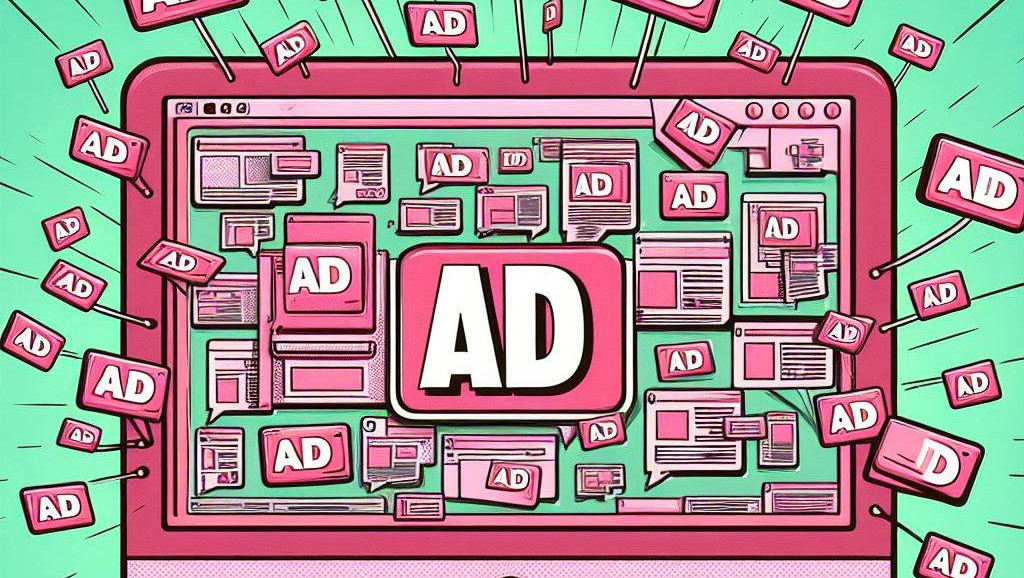
"Then the internet arrived, and with it digital advertising in its most chaotic, self-sabotaging form. Pop-ups, pop-unders, autoplay videos with sound, interstitials that hijacked the whole screen, and ads that followed you while scrolling ('sticky ads' - cute). These weren't just annoying. They were intrusive, disruptive, and left users with a complete loss of control... unable to close, avoid, or escape the ad clutter hell."
"For publishers, it was a revenue engine; for users, it was pure UX vandalism. And the voices warning that ad stuffing was "sucking the life" out of websites (and doing publishers no favours) grew louder every year. By 2015, the situation had become completely unsustainable, and the response finally arrived: the year of the ad blocker. For users, it felt like liberation."
Mailbox stickers and rejected flyers exemplified an early desire to avoid unwanted ads, but digital advertising escalated into intrusive formats: pop-ups, pop-unders, autoplay videos with sound, interstitials, and sticky ads. These formats disrupted browsing, made websites unusable, and removed user control. Publishers continued heavy ad insertion for revenue, while critics warned that ad stuffing damaged sites. By 2015 ad blocker use surged, restoring a calmer browsing experience for many users. Publishers reacted by blocking content, requesting exceptions, or ignoring the trend. Ad blockers then prompted permission exceptions, and intrusive ads mostly declined, except on low-quality MFA sites.
Read at Exchangewire
Unable to calculate read time
Collection
[
|
...
]